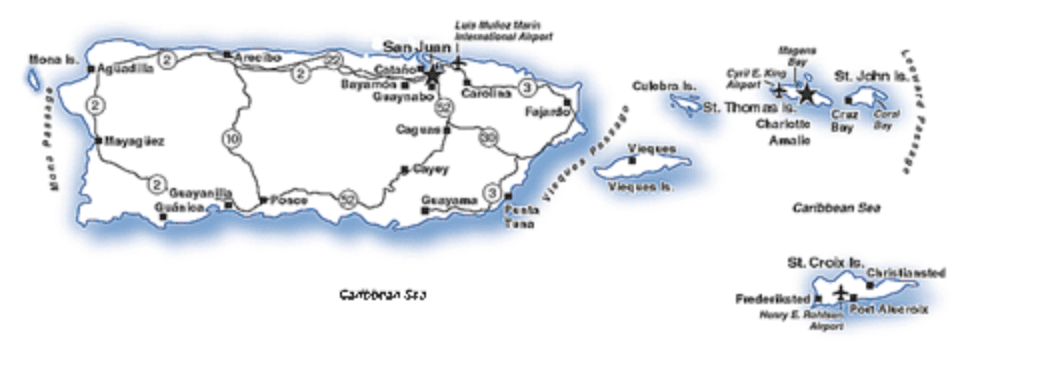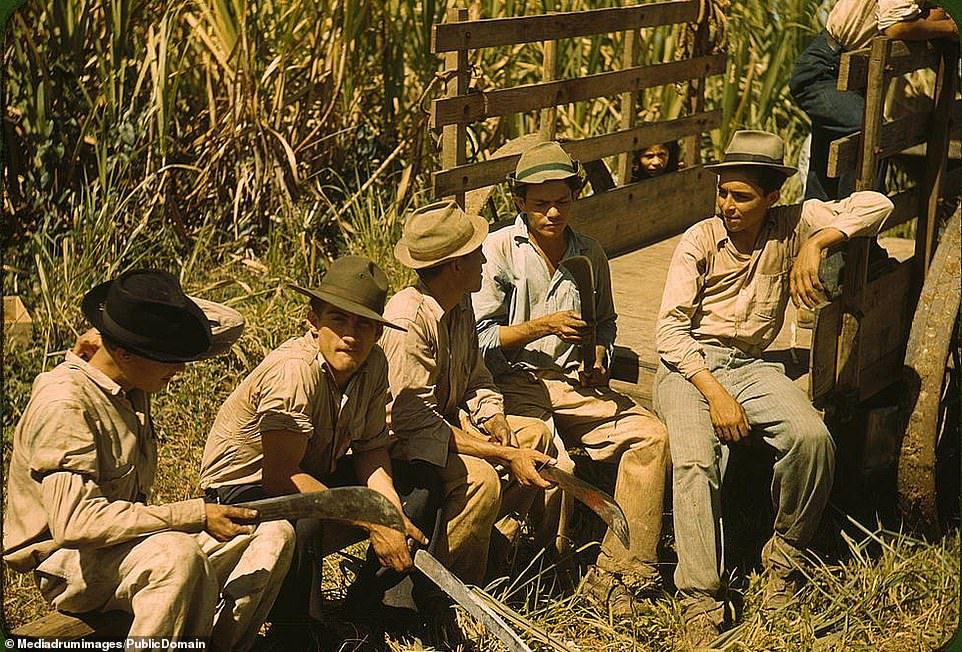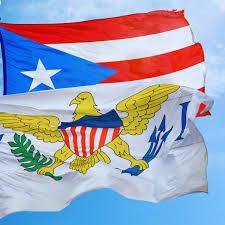Who are the Cruzan-Ricans?
MA
You may not find the term "Cruzan-Rican" in every history book, but it represents one of the most powerful stories of resilience, migration, and cultural fusion in the Caribbean. It is the story of a unique identity, forged in hardship and love, between two sister islands: Puerto Rico and St. Croix.
This story begins nearly a century ago, on the small, beautiful island of Vieques, In the 1920s and 30s, the sugar industry—the pulse of the Viequense economy—collapsed. With the sugar mills closing, there were virtually no other jobs available. This created extreme poverty and desperation, "pushing" thousands of families to seek survival elsewhere.

Located just about 40 miles away from Vieques, the sugar fields and rum distilleries of St. Croix were thriving and they needed workers. Because of the Jones Act of 1917, Puerto Ricans were U.S. citizens just like U.S. Virgin Islanders. This meant they could travel and work freely in St. Croix, which was also a U.S. territory, without needing passports or visas. In a great wave of migration, these brave families from Vieques and the eastern coast of Puerto Rico, like Fajardo, made the journey.
They didn’t just fill a labor gap; they planted roots. (Image: Sugarcane workers in the Virgin Islands, Mediadrum Images - Public Domain)

These families established vibrant communities, where sounds of Spanish mixed with the local Crucian dialect, the rhythms of bomba and plena, and the aroma of arroz con habichuelas. Over the decades, they created a unique, blended identity known as "Cruzan-Rican" and is deeply felt to this day. Some of the most frequently cited family names in 1930 and 1940's census include: Ayala, Camacho, Carrasquillo, Cotto, Cruz, Encarnacion, Feliciano, Figueroa, Garcia, Gomez, Gonzalez, Lopez, Maldonado, Medina, Morales, Osorio, Ramos, Reyes, Rivera, Robles, Rodriguez, Rosario, Santiago, Serrano, Torres, and Vasquez.
My maternal great grandfather Juan Dolores "Dede" García Meléndez was a jornalero - a sugarcane field day worker in Fajardo. He migrated to St. Croix on March 12, 1931 with my grandmaother María Josefina Garczeia Díaz when she was 17. My grandfather Carlos Pérez Mercado migrated from Vieques to St. Croix on June 6, 1933 when he was 20 years old. My grandparents married in 1935 at the St. Patricks Church in Frederiksted, St. Croix. Since my mother was born in Vieques, me and my siblings are 1st generation Cruzan-Ricans. I like to say Bori-Cruzan since we were raised as Puerto Ricans.


Learn More!
Bridge the Gap - St. Croix by Dean Huertas
Ties that bind the USVI and Puerto Rico - Virgin Islands Daily News
Sugar Pathways Documentary by Johanna Bermúdez-Ruiz

